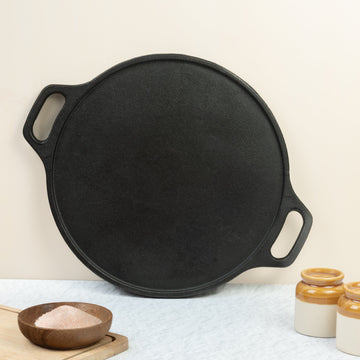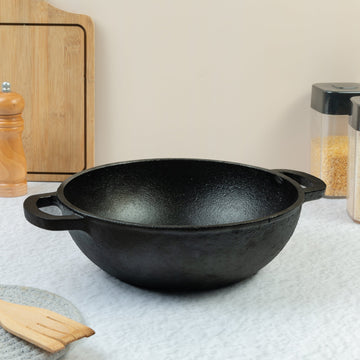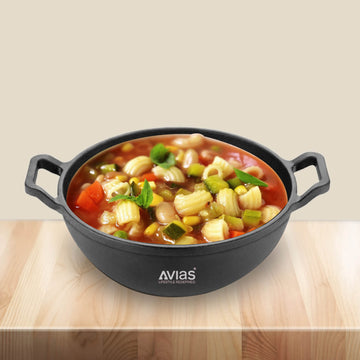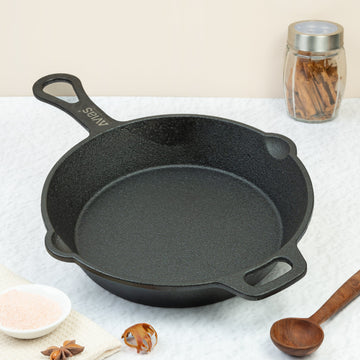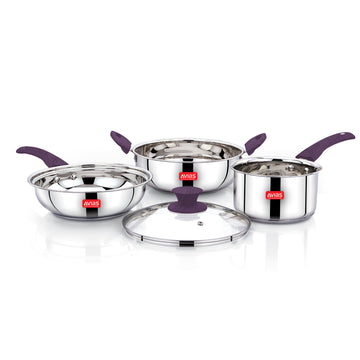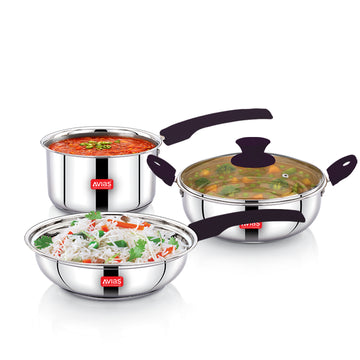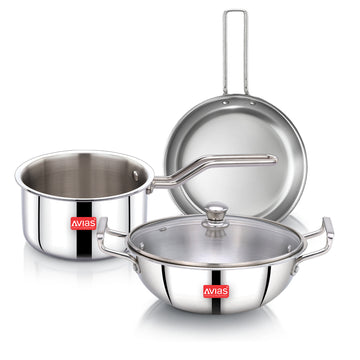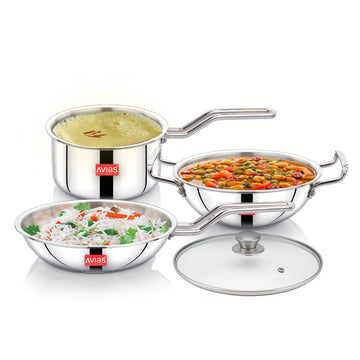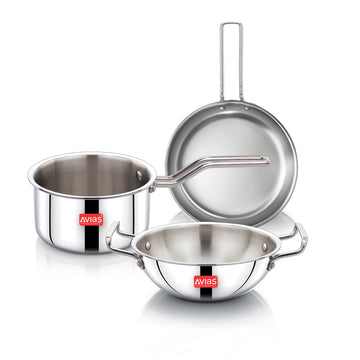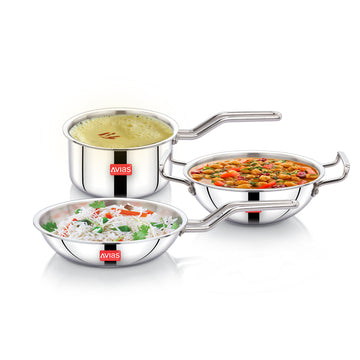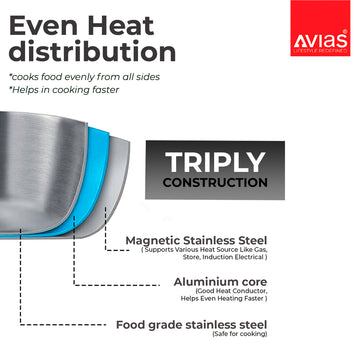Environmental impact of different types of cookware materials
The environmental impact of different types of cookware can vary depending on the materials used in their production, the manufacturing process, and the disposal methods. Cookware sets have long been an integral part of any kitchen, and they come in a variety of materials: stainless steel, stoneware, glass and ceramic. Each of these materials come with their own pros and cons – from ease of cleaning to strength and durability – but one factor often overlooked is the environmental impact that different types of cookware have.
Stainless steel utensils are by far the most popular type among customers looking for a reliable kitchen set. Due to its superior strength and heat resistance, it's more cost-effective than other materials like glass or ceramic over time.
Here are some general considerations:
1. Non-stick cookware:
Non-stick cookware is coated with a synthetic polymer that prevents food from sticking to the surface. These coatings can contain chemicals that are harmful to human health and the environment. When heated to high temperatures, the coatings can release toxic fumes. Non-stick cookware also has a shorter lifespan than other types of cookware and can end up in landfills, where the coatings can take a long time to decompose.
2. Aluminum cookware:
Aluminum is a lightweight and affordable material that heats up quickly and evenly. However, the production of aluminum can be energy-intensive and result in greenhouse gas emissions. In addition, aluminum can react with acidic foods and release small amounts of the metal into the food, which can be harmful to human health.
Stainless steel is a durable and long-lasting material that is resistant to corrosion. It is often made from recycled materials and can be recycled at the end of its life. However, the production of stainless steel requires significant energy and water use.
4. Cast iron cookware:
Cast iron is a heavy and durable material that retains heat well. It can last for generations and is often passed down as a family heirloom. However, the production of cast iron can be energy-intensive and result in greenhouse gas emissions. Cast iron also requires a bit more maintenance than other types of cookware, as it needs to be seasoned properly to prevent rust.
5. Copper cookware:
Copper is a highly conductive material that heats up quickly and evenly. However, the production of copper can be energy-intensive and result in greenhouse gas emissions. Copper also requires regular maintenance to prevent tarnishing.
Overall, the most environmentally friendly cookware options are those made from durable and long-lasting materials, such as stainless steel and cast iron. It is also important to consider the manufacturing process and disposal methods when choosing cookware. Look for cookware made from recycled materials and choose products that can be recycled or repurposed at the end of their life.
